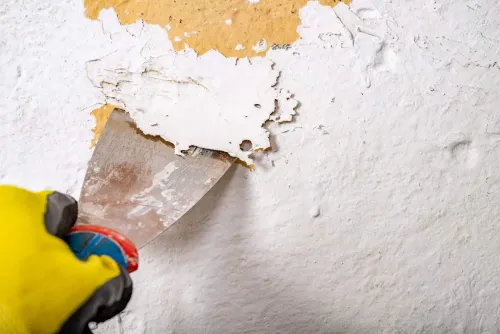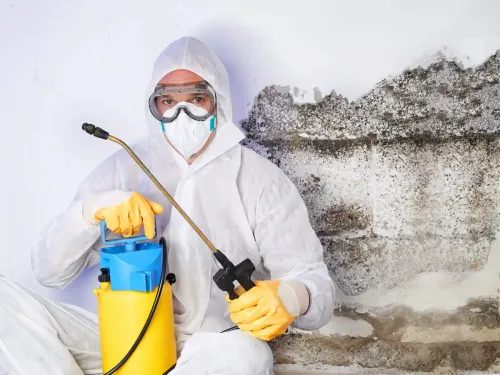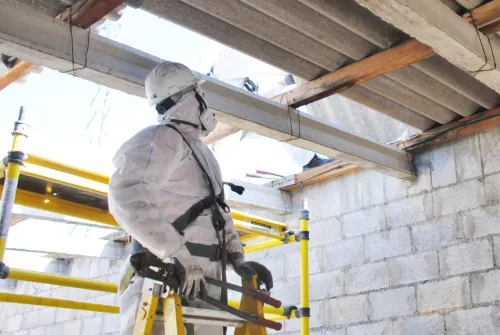Is Asbestos Still Used for Anything in the United States?

Asbestos, once hailed for its durability, fire resistance, and insulating properties, became widely used in construction, automotive, and various other industries throughout much of the 20th century. However, it was later discovered that asbestos fibers pose significant health risks when inhaled, leading to conditions such as asbestosis, lung cancer, and mesothelioma. Due to these dangers, the use of asbestos has been heavily regulated and largely banned in many countries.
In the United States, the situation around asbestos is more complicated. Despite the known health hazards, asbestos has not been completely banned and is still present in certain products and industries. Let’s explore whether asbestos is still used in the U.S., in which products it can still be found, and the regulatory measures in place to limit its use.
A Brief History of Asbestos Use in the U.S.
In the 20th century, asbestos was a versatile material commonly used in various industries due to its excellent fireproofing and insulation qualities. It was prevalent in building materials such as insulation, roofing shingles, floor tiles, and ceiling tiles, as well as in automotive parts like brake pads and clutches. By the 1970s, scientific research had linked asbestos exposure to severe health issues, leading to a push for regulation and the eventual decline in its usage.
In 1973, the U.S. Environmental Protection Agency (EPA) began imposing restrictions on asbestos, banning its use in certain products such as spray-applied asbestos and pipe insulation. In 1989, the EPA attempted to ban most asbestos-containing products under the Asbestos Ban and Phase-Out Rule. However, this ban was partially overturned in 1991, allowing certain uses of asbestos to continue legally. This legal ambiguity is why asbestos can still be found in some products in the U.S. today.
Is Asbestos Still Used in the U.S.?
Yes, asbestos is still used in the United States, though its use has significantly declined and is strictly regulated. The EPA and other regulatory bodies allow asbestos in specific products and applications, provided that it is used in a way that minimizes the risk of exposure. The following sections highlight where asbestos can still be found and how it is regulated.
1. Current Uses of Asbestos in Products
While many industries have moved away from asbestos use due to its health risks, there are still some products and industries where asbestos is legally used. According to the U.S. Geological Survey (USGS) and the EPA, the following are some areas where asbestos may still be found:
- Chlor-Alkali Industry: One of the primary uses of asbestos in the United States today is in the chlor-alkali industry, which produces chlorine and sodium hydroxide (caustic soda). Asbestos is used in the production of chlorine as a component of diaphragms within the electrolytic cells. These diaphragms help separate chlorine gas from sodium hydroxide during the production process. Though alternatives exist, some chlor-alkali plants continue to use asbestos diaphragms.
- Automotive Parts: While asbestos use in brake pads, clutches, and other automotive parts has significantly decreased, some imported aftermarket automotive parts may still contain small amounts of asbestos. Due to less stringent regulations on some imported goods, products such as brake linings, gaskets, and clutch facings can occasionally have asbestos.
- Building Materials: Although modern construction in the U.S. primarily uses asbestos-free materials, certain building products — especially those imported from countries where asbestos is not banned — may contain asbestos. Items such as roofing tiles, cement products, and insulation materials could still harbor asbestos fibers.
- Consumer Products: Asbestos can still be found in some consumer products, especially those that involve imported materials. For example, some talcum powders that use talc and may be contaminated with asbestos have been found to contain trace amounts of asbestos. Although regulations are in place to limit asbestos contamination in consumer products, the risk is not completely eradicated.
2. Regulatory Measures and Legal Status of Asbestos in the U.S.
While asbestos has not been fully banned in the United States, its use is subject to strict regulations. Various federal agencies oversee asbestos management to protect public health:
- Environmental Protection Agency (EPA): The EPA has implemented regulations to control asbestos exposure, primarily through the Toxic Substances Control Act (TSCA) and the Clean Air Act (CAA). In 1989, the EPA attempted to ban most asbestos products under the Asbestos Ban and Phase-Out Rule, but the rule was overturned in part by a court ruling in 1991. As a result, the manufacture, importation, processing, and distribution of most asbestos-containing products are still permitted, provided they meet certain safety standards.
- Occupational Safety and Health Administration (OSHA): OSHA sets standards for occupational exposure to asbestos, particularly in construction, shipbuilding, and general industry. Employers are required to implement protective measures, provide training, and conduct regular air monitoring to minimize asbestos exposure among workers.
- U.S. Consumer Product Safety Commission (CPSC): The CPSC regulates asbestos in consumer products, particularly focusing on products that children might use, like crayons and toys. While asbestos is largely prohibited in most consumer goods, there is always a risk of contamination in products containing talc.
- State Regulations: Some states have stricter regulations regarding asbestos use and abatement, often requiring notification and permitting for asbestos removal projects in buildings. States like California and New York have implemented additional guidelines to manage asbestos-containing materials in schools, public buildings, and the construction industry.
3. How Common Is Asbestos Today?
According to the USGS, the import of raw asbestos into the U.S. has dramatically decreased over the past few decades. As of recent reports, the U.S. imported only a few hundred metric tons of asbestos annually, primarily for the chlor-alkali industry. By comparison, at the peak of its use in the mid-20th century, the U.S. consumed hundreds of thousands of tons of asbestos each year.
However, while raw asbestos imports have declined, the risk remains in older buildings, products that were manufactured before the regulations, and certain consumer goods. The EPA estimates that millions of buildings in the U.S. still contain asbestos-containing materials (ACMs), posing potential exposure risks during renovations, demolitions, or natural disasters.
The Status of Asbestos in the U.S.
While asbestos use has significantly decreased and is heavily regulated in the United States, it has not been entirely banned. Some building materials, automotive parts, and consumer products may still contain asbestos, particularly if they are imported. This is why current regulations require asbestos inspection prior to all renovation work, regardless of the age of the house.
Given the continued presence of asbestos, it is crucial for homeowners, workers, and consumers to remain vigilant. If you suspect that your home or workplace contains asbestos, do not attempt to handle or remove it yourself. Contact a certified asbestos professional to assess and safely manage the material.
Asbestos Professionals LLC offers comprehensive asbestos removal services to ensure your property is safe and compliant with regulations. Contact us today at (303) 337-4839 or visit our website for a consultation and to learn more about our asbestos abatement services.














